



To eliminate the detergent application on your cleaning unit, locate the soap nozzle or soap attachment. Usually, this component is designed for easy replacement with a standard nozzle. Swap it out for the desired spray angle nozzle to divert the flow away from the cleaning solution.
Next, check the detergent tank or reservoir. If your model allows, ensure that the tank is empty or filled with plain water. This will prevent any residual cleaning agents from mixing with the water during use. Depending on the model, a simple switch may also manage the detergent injection; consult the manual for precise instructions regarding this feature.
If you encounter any issues, inspect the suction hose to make sure it’s not drawing from the detergent section. Disconnecting it entirely may be necessary for some models. Lastly, always perform a test run after making these adjustments to confirm that only water is emitted from the nozzle, ensuring a clear and effective cleaning process.
Disabling the Detergent Functionality
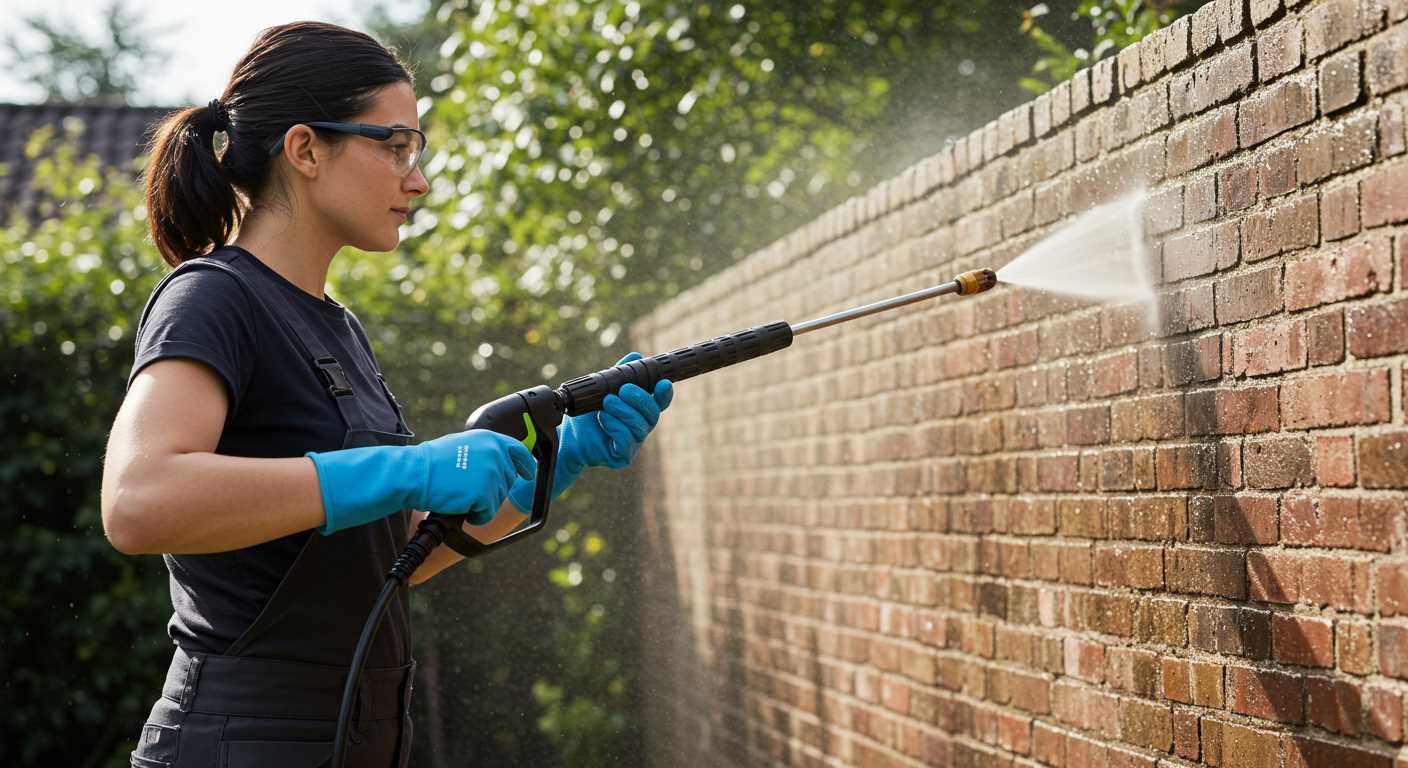
To disable the detergent application on your machine, follow these steps:
- Locate the chemical or detergent dial on your equipment. This is typically found near the nozzle or on the control panel.
- Rotate the dial to the “Off” position, or the setting indicated for plain water usage. Ensure it clicks into place securely.
- Switch the unit to a water mode. If your model features a specific button for this purpose, press it.
Flush the System
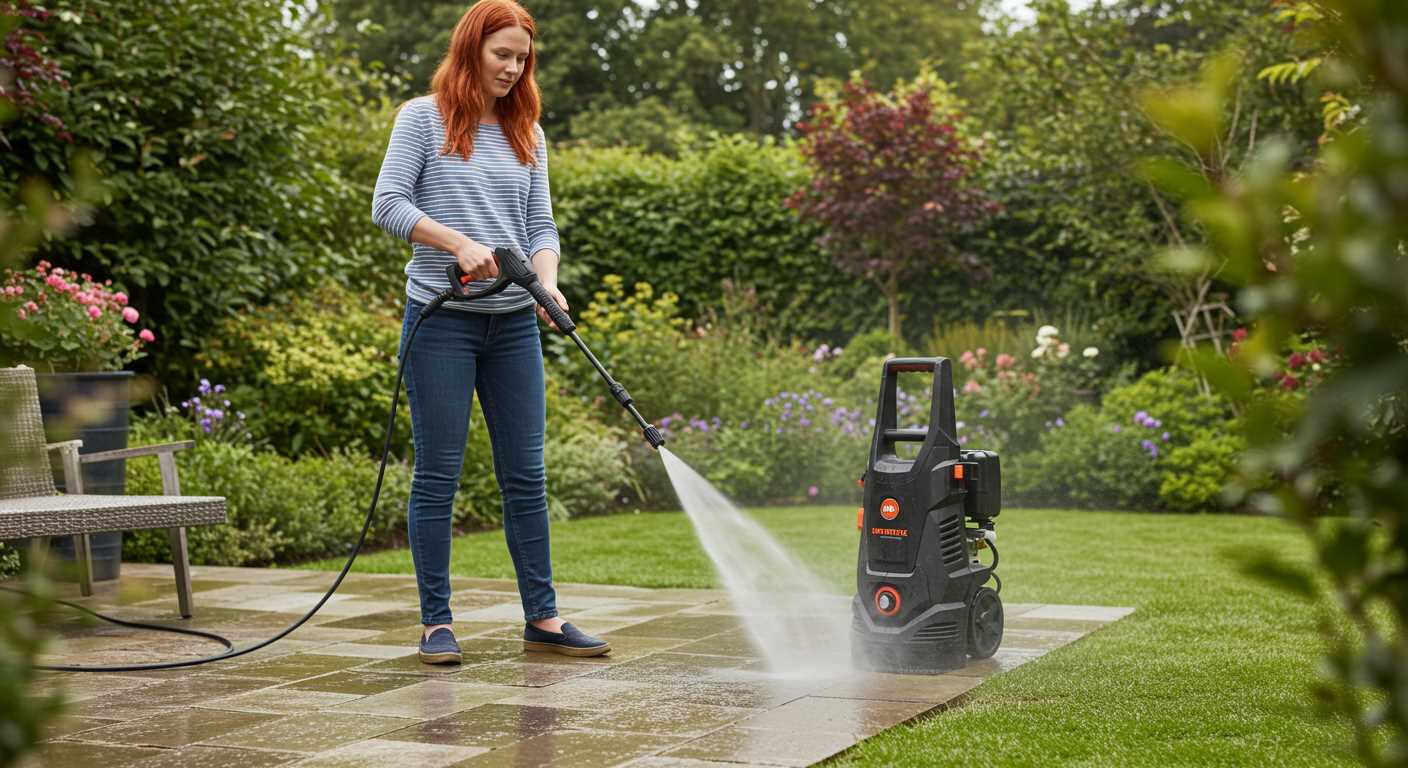
After altering the setting, it’s advisable to flush the system:
- Direct the nozzle at a surface (like a driveway or wall) and operate the device without any cleaning agent for approximately 2-3 minutes. This process clears out any residual detergent.
- Keep the trigger engaged; this maintains the flow of water and avoids damage.
Regular Maintenance Tips
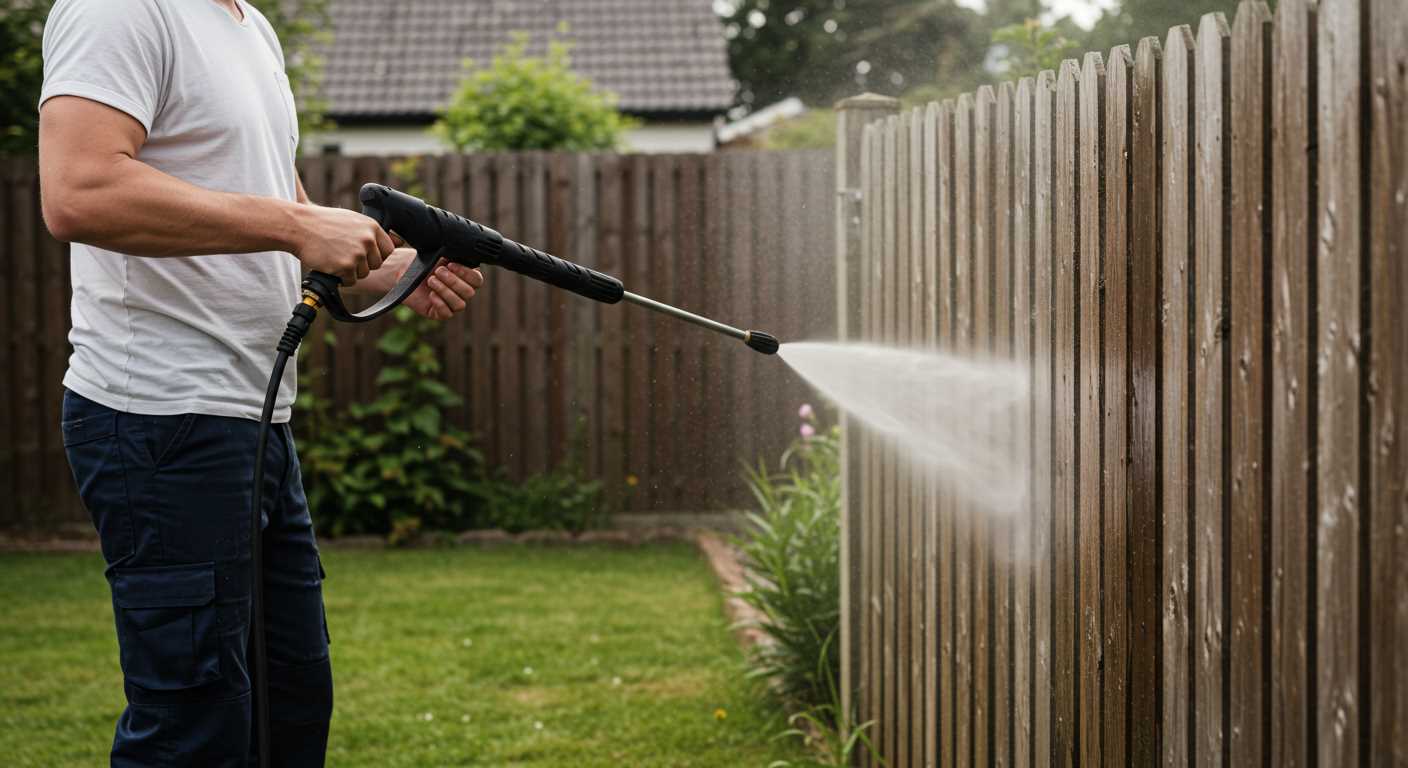
For optimal performance, conduct routine checks and clean any filters associated with the detergent system. This practice ensures longevity and effectiveness in future tasks.
Identifying the Soap Dispensing Mechanism
To effectively manage the cleaning agent application, first identify the specific dispensing mechanism in your unit. Typically, there are two main types: built-in tanks and siphon systems.
| Mechanism Type | Description | Identification Tips |
|---|---|---|
| Built-in Tank | A dedicated reservoir located on the machine, allowing for easy filling. | Look for a lid or cap on the unit, often labelled for cleaning solutions. |
| Siphon System | Requires an external container where the liquid is drawn through a tube. | Check for a tube attached to a container; it may lead to the nozzle or wand. |
Once you locate the mechanism, inspect the settings or control panel, if available. For built-in tanks, there may be a switch or dial directly on the machine. In siphon systems, functionality often relies on maintaining correct fluid levels in the external container.
Understanding these components will enable you to effectively monitor and control cleaning agent use during operation.
Locating the Soap Control Knob
To find the control for the detergent mix, first check the wand or gun of your cleaning unit. Most models feature a dedicated dial or lever that adjusts the concentration of cleaning solution. This component is typically labelled, making it easier to identify.
Next, examine the main body of the machine itself. On many designs, you’ll notice the adjustment mechanism situated near the quick-connect fittings or alongside the pressure gauge. Look for an area that may be clearly marked or include symbols indicating soap usage.
Inspecting the Owner’s Manual
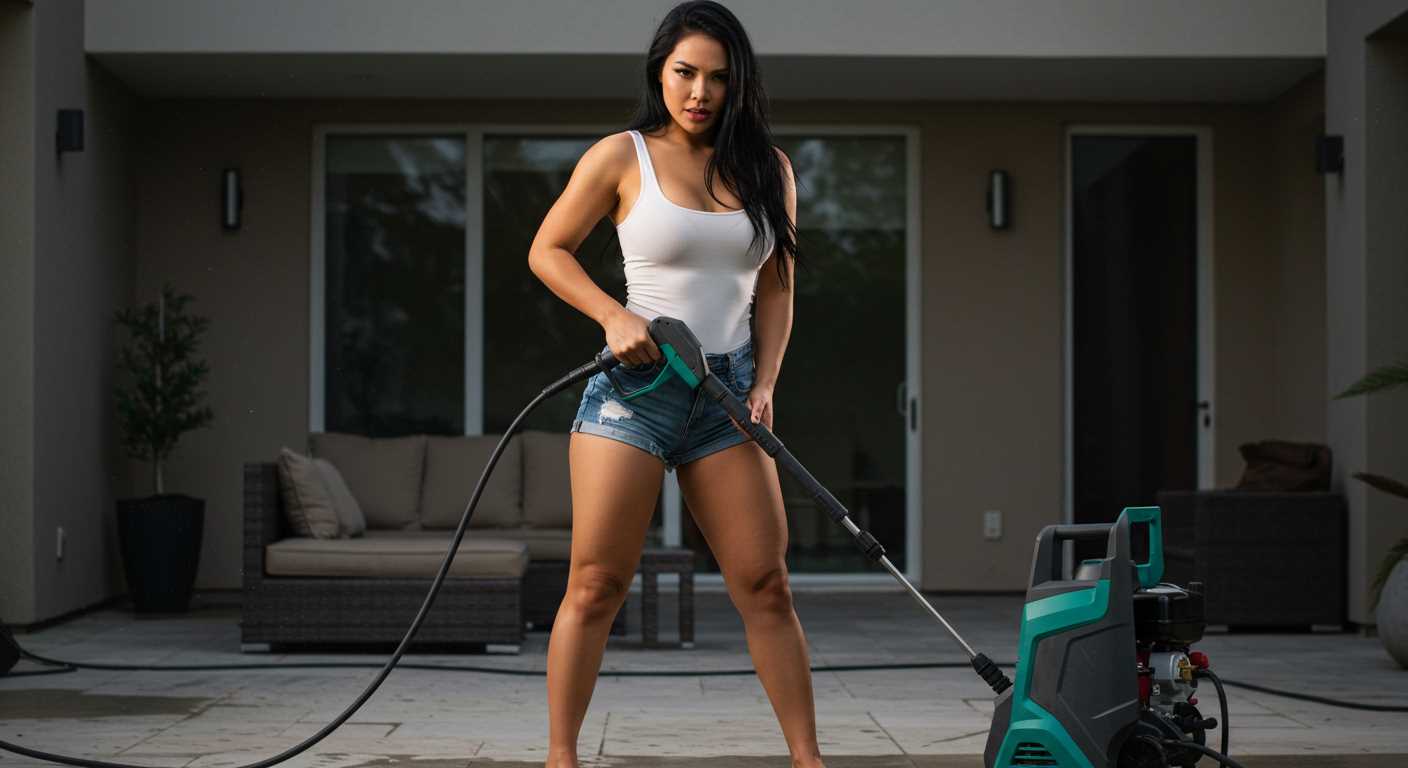
For precise information, consult the user manual specific to your device. This document usually contains diagrams highlighting component locations. If the manual isn’t on hand, search online using the model number for a digital version.
Common Locations
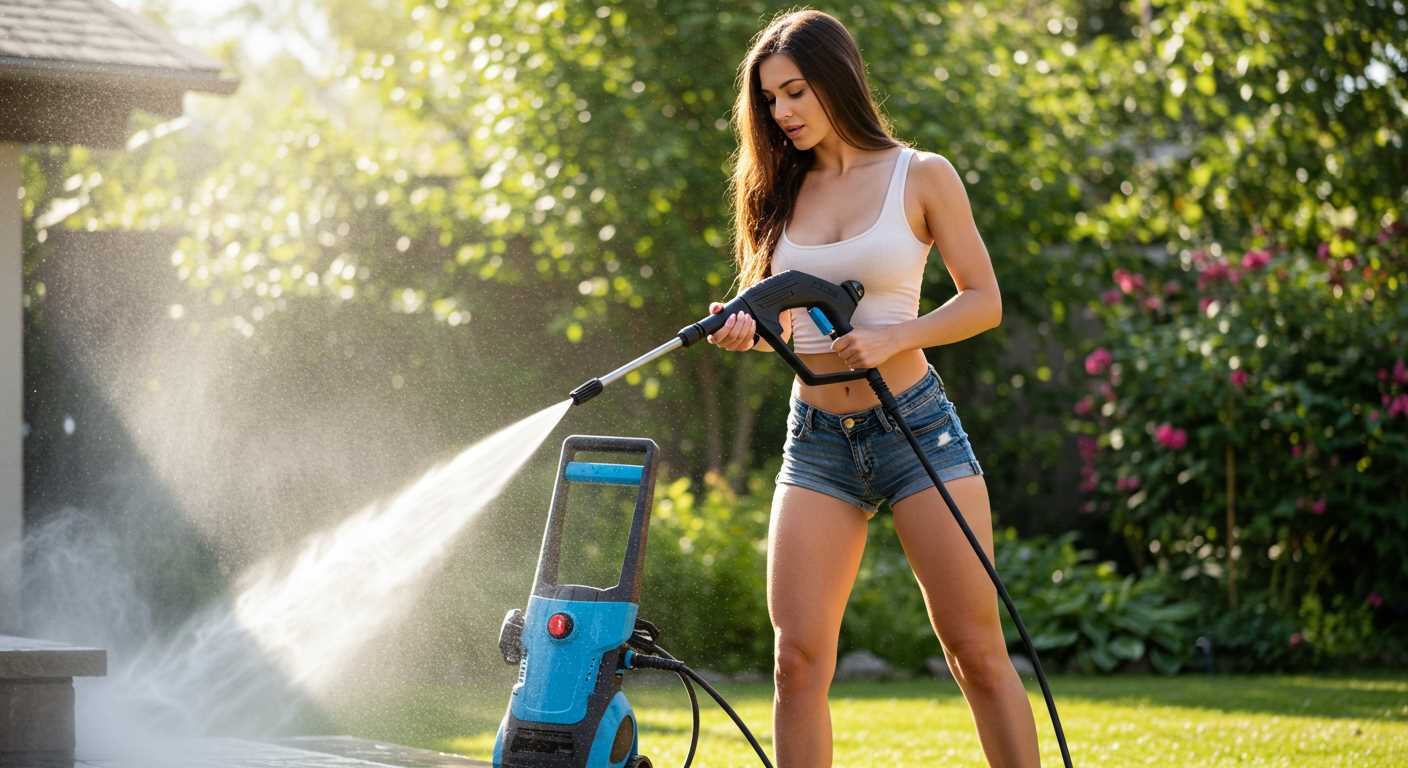
In most cases, the control knob is positioned directly above the water inlet. However, some brands may differ, placing it on the side. Pay close attention to any additional features or attachments that may obstruct visibility.
Adjusting the Pressure Washer Settings
First, always check the pressure adjustment feature on your machine. Most units have a dedicated control for modifying water pressure levels, which is crucial for differing cleaning tasks.
Finding the Right Pressure Level
Referring to the manufacturer’s manual is essential, as it provides recommended settings based on the cleaning surface:
- For delicate surfaces like car paint, adjust to low settings (around 1200-1500 PSI).
- Medium settings (1500-2000 PSI) work well on patios and outdoor furniture.
- Use high pressure (2000-3000 PSI) for tough surfaces like concrete or brick.
Altering the Nozzle
Switching nozzles is another effective method to modify water flow and impact. The different colours indicate various spray patterns:
- Black Nozzle: Wide spray for applying detergents.
- Red Nozzle: Higly focused and powerful jet.
- Yellow Nozzle: For medium pressure; ideal for most tasks.
- Green Nozzle: For lighter tasks.
By combining pressure settings with the appropriate nozzle, one can optimise cleansing performance while ensuring surface integrity. Always test settings on a small area before proceeding with larger tasks. Review adjustments after each use to ensure consistent performance.
Cleaning the Soap Filter
To maintain optimal performance, inspect and clean the filtration system regularly. This component can become clogged with residue, affecting chemical dispersion. Begin by locating the filter, typically situated near the chemical intake of your device.
Once located, remove it carefully to avoid damage. Rinse it under warm water to eliminate any accumulated debris. For more stubborn deposits, a soft brush or toothbrush can effectively dislodge dirt without harming the filter material.
After rinsing, allow it to dry completely before reinstallation to prevent moisture-related issues. Regular cleaning will ensure that your equipment runs smoothly and that the cleaning agent is adequately dispensed during operation.
Always refer to the manufacturer’s guidelines for specific cleaning instructions related to your model, as some designs may have unique requirements. By following these steps, you can optimise the functioning of the chemical supply system and prolong the life of your equipment.
Testing the Pressure Cleaning Device without Detergent
Before conducting a test run of the cleaning appliance, ensure that all detergent settings have been disabled. Begin by connecting your water supply and selecting a suitable nozzle for the task at hand, ideally one that offers a tighter spray pattern for improved cleaning efficiency.
Activate the equipment and allow it to run for a few moments. This step enables you to assess the flow rate and pressure, ensuring that the machine is functioning correctly without the influence of any cleaning agents. Pay attention to the pressure gauge, if available; it should indicate a stable reading corresponding to the selected setting.
Target a small, visible area that requires cleaning. Observe the performance, checking for any inconsistencies in the water stream. If the output remains consistent and the apparatus operates quietly, it indicates that the system is functioning properly without any possibility of detergent interference.
After testing, carefully inspect the area for any residues that might have been left by previous usage of cleaning solutions. If residues are found, a thorough rinse will be necessary to eliminate any lingering soap traces. This ensures the integrity of the test and prepares the device for your next cleaning session.
Troubleshooting Common Soap Dispensing Issues
If your cleaning unit is not dispensing the cleaning solution effectively, check the compatibility of the detergent with your equipment. Certain mixtures may not work well with specific brands, leading to poorly mixed or ineffective results.
Inspecting the Hose and Injector
To address issues with solution flow, inspect the suction hose for cracks, kinks, or blockages. A damaged hose may reduce flow efficiency. Also, ensure that the injector is not clogged with residue or debris. Cleaning the injector can significantly improve performance and restore proper dispensing.
Evaluating the Pressure Level

Inadequate dispensing may result from low water pressure settings. Verify that the unit is set according to the manufacturer’s recommendations for infused cleaning tasks. Too much pressure can also cause rapid solution depletion; finding the right balance is crucial.
FAQ:
How can I turn off the soap feature on my pressure washer?
To disable the soap feature on your pressure washer, locate the soap injector or the detergent system on your machine. This is usually a small dial or switch located near the spray wand or main body. Simply set the dial to the “off” position or switch off the injector, ensuring that only the high-pressure water is being used without any soap. If your model does not have a clear indicator, refer to the user manual for specific instructions tailored to your machine model.
Is it necessary to turn off the soap function after each use?
Yes, it is advisable to turn off the soap function after each use of your pressure washer. Leaving the soap injector enabled can cause soap residue to clog the system over time, which may lead to performance issues. By turning it off, you help maintain the longevity and efficiency of your pressure washer. Additionally, rinsing the system with clean water after using soap can help clear any remaining detergent from the lines.
What should I do if I can’t find the soap off switch on my pressure washer?
If you are unable to locate the soap off switch or dial on your pressure washer, the first step is to consult the owner’s manual, which should provide specific guidance for your model. If the manual is not available, check for a soap injector hose or nozzle, which you may need to disconnect to stop the soap flow. Alternatively, you can contact the manufacturer’s customer support for assistance. They can help you accurately identify the soap function and guide you through turning it off.








